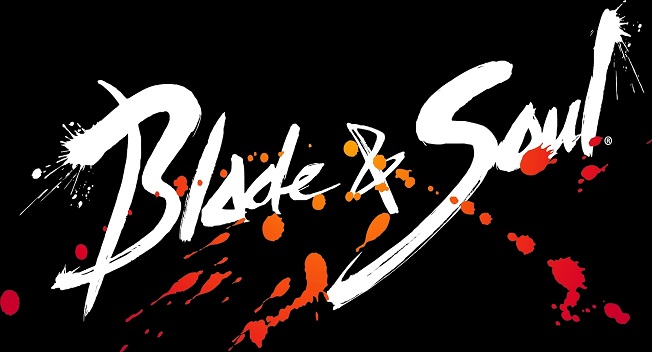A year and a half ago, Blade & Soul was released in South Korea and achieved instantaneous success, rising to the top of the country’s online game ranking leaderboard. Following suit, it was released in China at the end of November 2013 and has taken the online market there by storm.
Boasting 195 servers, 18 million active players and 1.8 million concurrent players (and rising), Blade & Soul China has a population unlike anything we’ve ever seen in the West, surpassing World of Warcraft’s combined peak population of 11 million. Tenecent, the publisher, has released the game as Free-to-Play with an optional VIP membership, which provides a few benefits that aren’t entirely game breaking (going against the stereotype of Asian MMOs being completely Pay-to-Win).
I’ve spent the weekend inside Blade & Soul, and while it’s been a little arduous spending an extended period of time surrounded by an incredibly difficult foreign language (of which I know absolutely nothing outside of a single phrase used for character deletion), it was a worthwhile learning experience.
I could go into a review about the game, but what I want to write about instead is what playing an MMO about as different as is possible to be from those in the West while still having a fantasy setting has taught me. For one, it’s that the Fantasy subgenre of online games can still be deeply interesting and engaging even after 14 years and counting since Everquest came into the world. The setting of Blade & Soul is one of Eastern fantasy, with all the tropes and over exaggeration one would find in Wuxia (wu-hsia) fiction. An easy comparison to draw is to martial arts movies.
Continuing on that point, the Qinggong (chin-kung) movement style made popular by martial arts movies is present within the game, and is made us of heavily. Players can find themselves sprinting at inhuman speed and leaping through the air, with the option of gliding back down, as early as the starting island of the game. Later on it gets developed further to allow water walking, wall running, short flight, faster descent – overall enhanced movement. If you enjoy Asian action movies, then just exploring the world will fill you with a little childlike glee.
Artist Hyung-tae Kim, a famous South Korean Manhwa (comic) style artist, is the lead art director for the game, and his style is made evident by the luscious stylised graphics that greet players from as early as character creation. Admittedly, the style isn’t for everyone, as art is subjective to whomever looks upon it, I do think the development team have done a wonderful job in realising Kim’s ideas and implementing them in such a way that it’s enhanced by the game mechanics, instead of constrained.
The gameplay expanded beyond being entirely grounded, and it had more of a vertical feel to it. An Assassin, one of the seven classes offered, has a much wider field of action for their moves than in other games that have similar class archetypes. With fast gap closing abilities, decoys, stuns and mines, the class has more versatility in how to go about disabling and defeating enemies. Some attacks even use height as a modifier, though such skills aren’t limited to only one class. By having the space for attacks such as these, or even by just introducing attacks that involve a lot of movement, the animations for each of the four races are extremely well polished and fluid. The feel of combat was stepped up a notch because of this, and it lent itself very well to the flexible art direction.
This isn’t to say combat was all peaches and roses. The ability set wasn’t one of overflowing choice, though why they chose to have such few abilities (less than 30) per class is understandable – the game has a heavy class balance focus and revolves equally around end game dungeons and player vs. player combat. As a result of this, I found the early levels a bit tedious with such few abilities, negatively augmented by the latency I experienced even with services to reduce it because of the servers being located in China. I can’t exactly count that as a fault, and have heard that combat is twice as fast roughly for native players so I can see the appeal of it then, even at lower levels, but for me it’s a different story.
I would very much enjoy seeing Blade & Soul translated and brought over to the West, but past experiences haven’t proven it a successful venture. Aion (2009) and TERA (2012), of which the former is still immensely popular in Korea, both failed to reach success in North America and Europe. Final Fantasy XI (2004) had moderate success however, and Final Fantasy XIV (2013) is currently going strong 4 months after launch, though it’s population has tapered off a bit. It’s a risky market, definitely, and Western MMO players have different priorities, likes and dislikes compared to Eastern players, and ultimately that’s what decides the fate, regardless if it did well elsewhere.
Still, one can be hopeful. The future looks bright for Chinese, Japanese and Korean gamers, and while it may be a bit darker for those in the rest of the world, 2014 hopefully still has a few surprises up its sleeve.

